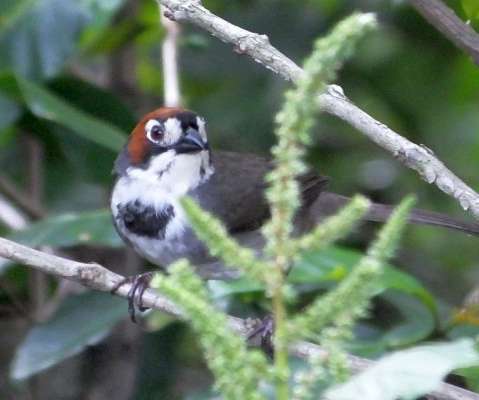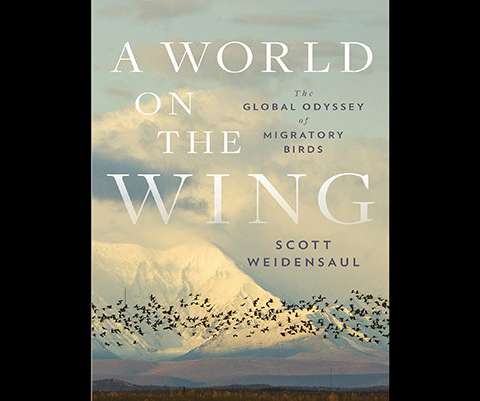“The Wise Hours” — a review
10,000 Birds
APRIL 14, 2023
Miriam Darlington determined to take on an owl quest, to immerse herself in their world, as she says, and also to find out how they are immersed in ours – to “look into the mythology, kinship, otherness and mystery that wild owls offer.” Thus her story becomes “braided with two ecologies – the ornithological and the personal.”













Let's personalize your content